With more than 400 traditional craft villages, thousands of historical and cultural relics and ecosystems spread throughout the suburbs, Hanoi is fully equipped to become a creative rural tourism center, imbued with Vietnamese identity.
Reporter of Investment Electronic Newspaper (Finance - Investment Newspaper) had a conversation with Mr. Vu Van Tuyen, Vice President of Vietnam Community Tourism Association, Director of Travelogy Vietnam, about the potential, challenges and development direction of Hanoi's rural tourism in the new period.

Mr. Vu Van Tuyen, Vice President of Vietnam Community Tourism Association, Director of Travelology Vietnam.
Each craft village and each rural garden can become a tourism product.
How do you evaluate the role of rural tourism in the current new rural construction program of Hanoi?
Rural tourism is gradually becoming one of the most important driving forces in the national target program on new rural development, especially in Hanoi - a locality that converges culture, landscape and people. This is a multi-dimensional development field, not only creating economic value but also helping to preserve heritage, protect the environment and build sustainable communities.
At the policy level, we have a clear foundation. Decision 922/QD-TTg dated August 2, 2022 of the Prime Minister identifies rural tourism as a key development direction for the 2021-2025 period, setting the goal that each province and city will have at least one standard rural tourism destination. Hanoi concretizes this with Plan 73/KH-UBND, selecting districts such as Thuong Tin, Dan Phuong, Thanh Tri, My Duc, Thach That, Son Tay to pilot community tourism, craft village and smart tourism models.
It is worth mentioning that Hanoi has clearly defined the development motto: green, responsible and sustainable tourism, both protecting the environment and preserving rural cultural identity, bringing green economy closely linked with Vietnamese culture.
Can you elaborate on the specific impacts that rural tourism brings to Hanoi?
The impact of rural tourism is huge and pervasive in many aspects.
Economically, it helps rural people have additional sources of income outside of agriculture. When tourists return to the village, they experience farming, eat local dishes, buy handicrafts, and visit craft villages. This promotes the development of households, cooperatives, and small businesses, contributing to the shift of the rural economic structure from "simple farming" to "production - service - experience".
In terms of culture, rural tourism motivates communities to preserve relics, restore traditional crafts, folk festivals, ancient houses and village customs. People are not only servants, but also become creative and proactive subjects in tourism.
Regarding the environment, when tourism becomes a livelihood, people are more aware of protecting the landscape, planting trees, treating waste, and moving towards organic agriculture. Models such as Hong Van, Thanh Cao, Phu Dong… are clearly showing that effectiveness.
Socially, rural tourism entails improving infrastructure such as village roads, electricity, water, internet, and environmental sanitation, both serving tourists and improving the quality of life of local people.

Tourists explore Ba Vi Countryside Farm. Photo: Ho Ha.
Hanoi has great potential but has not been exploited to its full potential.
What do you think about the current situation of rural tourism in Hanoi?
Hanoi possesses particularly favorable potential: 337 recognized traditional craft villages, thousands of cultural relics and festivals, and diverse landscapes from Ba Vi, Soc Son to Phu Xuyen, Huong Son.
The first strength is the rich resources and the location near the center. Many districts are only 20-50 km from the city center, very suitable for weekend tours. Duong Lam ancient village is a model of an ancient Vietnamese village; Uoc Le ham village, soy sauce village associated with Cu Da ancient village, Chuong conical hat village, Me Linh flower village, Phu Vinh rattan and bamboo weaving village... are also unique rural tourist destinations of Hanoi.
Second is clear policy. Hanoi has had model sites such as Hong Van Village Tourist Site and Phu Dong Green Park that meet OCOP standards for rural tourism. People are also participating more strongly, creating a spirit of “doing tourism yourself”, which is a key factor for sustainable development.
However, rural tourism development in Hanoi still has some weaknesses such as: tourism infrastructure and ancillary services are not synchronized; weak human resources, lack of service skills and digital marketing; products are not unique enough, mainly sightseeing, little in-depth experience; promotion is still vague, digitalization is limited; and the risk of commercialization losing the identity of Vietnamese villages if development is too rapid.
In your opinion, which rural tourism models in Hanoi have done well and can be replicated?
Models in old districts such as Ba Vi, Thuong Tin and Soc Son are quite prominent.
Ba Vi exploits its natural advantages and the Muong and Dao ethnic identities to develop eco-tourism and resorts. Farms such as Dong Que and Detrang Farm have become familiar destinations for inner-city tourists.
Thuong Tin stands out with the traditional craft village of Ha Thai lacquerware, Thuy Ung horn combs, Hong Van ornamental plants associated with OCOP products and experiential tourism.
Meanwhile, Soc Son, with its mountainous terrain, forest lakes and Soc Temple relics, is strongly developing weekend resort tourism and outdoor sports. In 2023, this locality will welcome nearly 1.2 million visitors, a very impressive number.
In my opinion, Ba Vi and Thuong Tin can be expanded immediately, because they already have specific products and a stable market; and Soc Son only needs to increase service management and will soon become a unique rural resort.
To effectively replicate, four strategic factors must be clearly identified: distinctive products; regional and tour planning; synchronous infrastructure investment; and community-centered development.

Tourists experience and explore at Quang Phu Cau incense village. Photo: Ho Ha.
From a business perspective, what do you think are the core difficulties that prevent Hanoi's rural tourism from fully exploiting its potential?
There are three main bottlenecks: people, products, and mechanisms.
People working in tourism still lack professionalism, from service skills, understanding the market to homestay management. Products in many places are monotonous, lacking in-depth experiences, and supporting services are weak. Guests only come for the day and spend little.
In terms of mechanisms, there are still many barriers in planning, investment procedures, capital incentives, traffic infrastructure and environmental sanitation. Enterprises wishing to invest in homestays or long-term experience areas still face difficulties.
Hanoi currently has 1,350 craft villages and villages with crafts; of which 337 craft villages and traditional craft villages have been recognized. This is a cultural treasure but many places are polluted, the roads are small, making it difficult for tourists to access. Meanwhile, French, Japanese, American and Korean tourists are very fond of experiencing the countryside, agriculture and culture. Many rural tourist destinations in Hanoi can completely become international destinations if these three bottlenecks are overcome.
Sustainability is the key
So, in your opinion, what should Hanoi do to make rural tourism truly become a sustainable rural economic sector?
If we want rural tourism to become a real economic sector, we must consider sustainability as the main axis, sustainability in terms of environment, culture and community livelihoods.
Firstly, planning must come first. The city needs a master map of rural tourism, clearly identifying the strengths of each district and commune to make key investments and avoid spontaneous development.
Second, standardize products and services. Each locality needs 1-2 "flagship" products with their own identity, along with standards for homestays, tour guides, cuisine, hygiene, etc. aimed at international guests.
Third, community-centered development: organize regular training, encourage cooperatives and community groups. When people benefit directly, they will preserve the environment and culture.
Fourth, infrastructure investment and business support – preferential credit, soft taxes, landscape renovation, international marketing. And finally, digital transformation and smart promotion: digitalizing destinations, tourist maps, multilingual videos, international travel blogger cooperation.
When rural tourism products are told in a “global language”, Hanoi will attract more tourists, spending more, and that is the true measure of success.

Mr. Vu Van Tuyen believes that if going in the right direction, Hanoi can completely become the "capital of creative and sustainable rural tourism" of the whole country.
What are your expectations for the future of rural tourism in Hanoi by 2030?
I believe that, if going in the right direction, Hanoi can absolutely become the "Capital of creative and sustainable rural tourism" of the whole country.
By 2030, rural tourism will not only be about sightseeing but will become a green - smart - unique ecosystem, where visitors can learn to cook Vietnamese dishes, sleep in an ancient house in Duong Lam, make pottery in Bat Trang, pick fruit in Dan Phuong, or admire flowers in Me Linh...
At that time, rural people will not only “do tourism”, but also live with tourism, enriching themselves from their homeland’s culture. And Hanoi’s countryside will truly become a livable space, where the Vietnamese village identity is revived in a green, civilized and modern appearance.
Source: Investment Newspaper
Source: http://sodulich.hanoi.gov.vn/ha-noi-co-the-tro-thanh-thu-do-du-lich-nong-thon-sang-tao-va-ben-vung.html


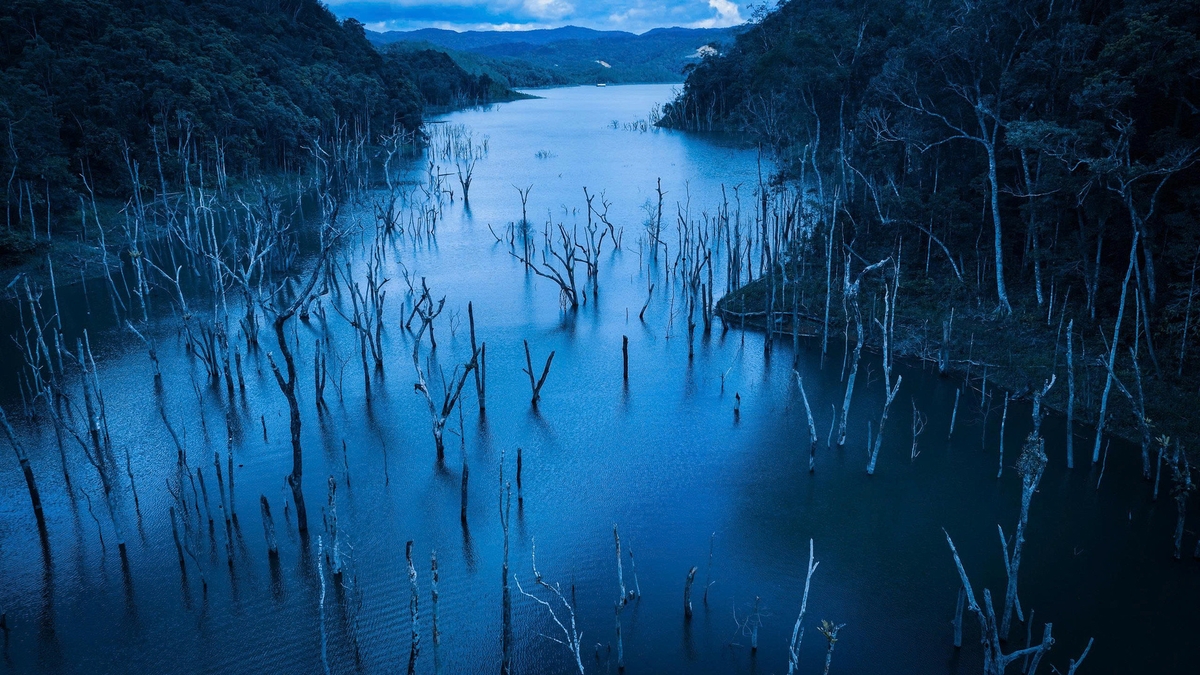
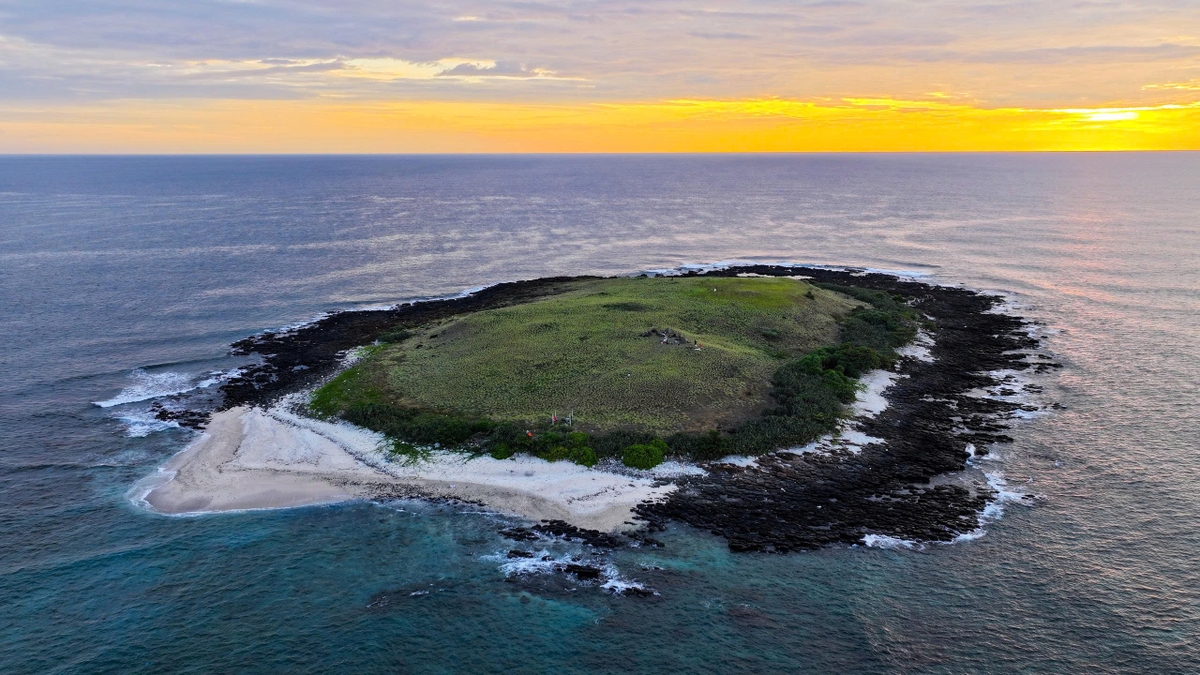






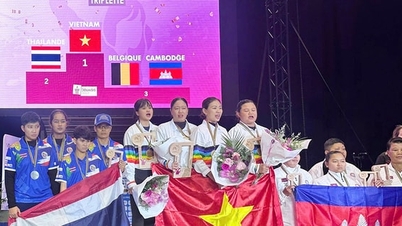

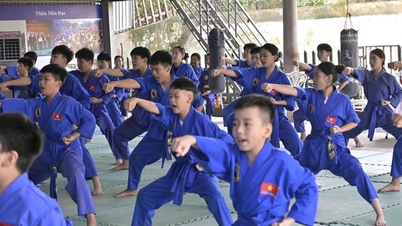
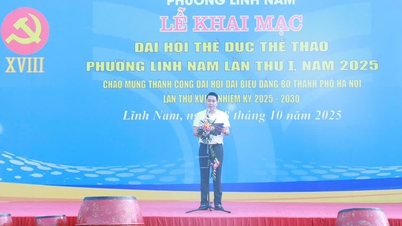

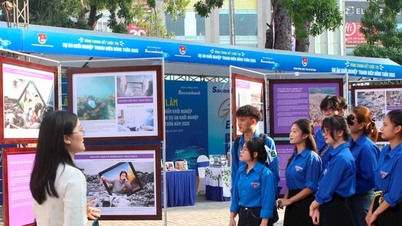





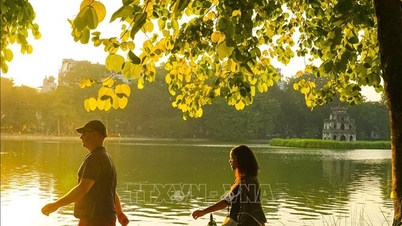
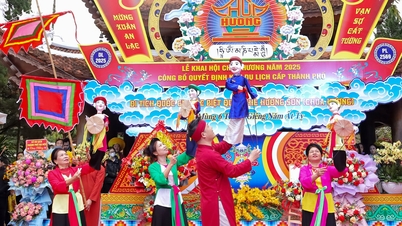
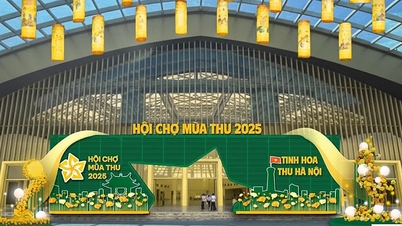
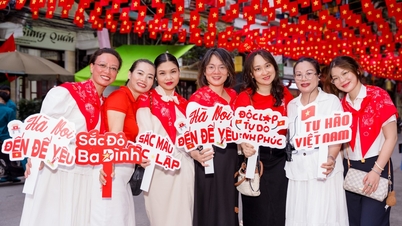
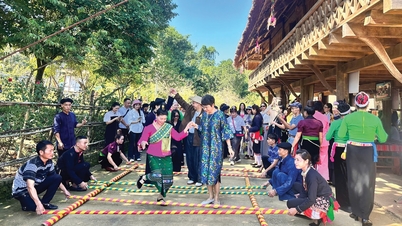
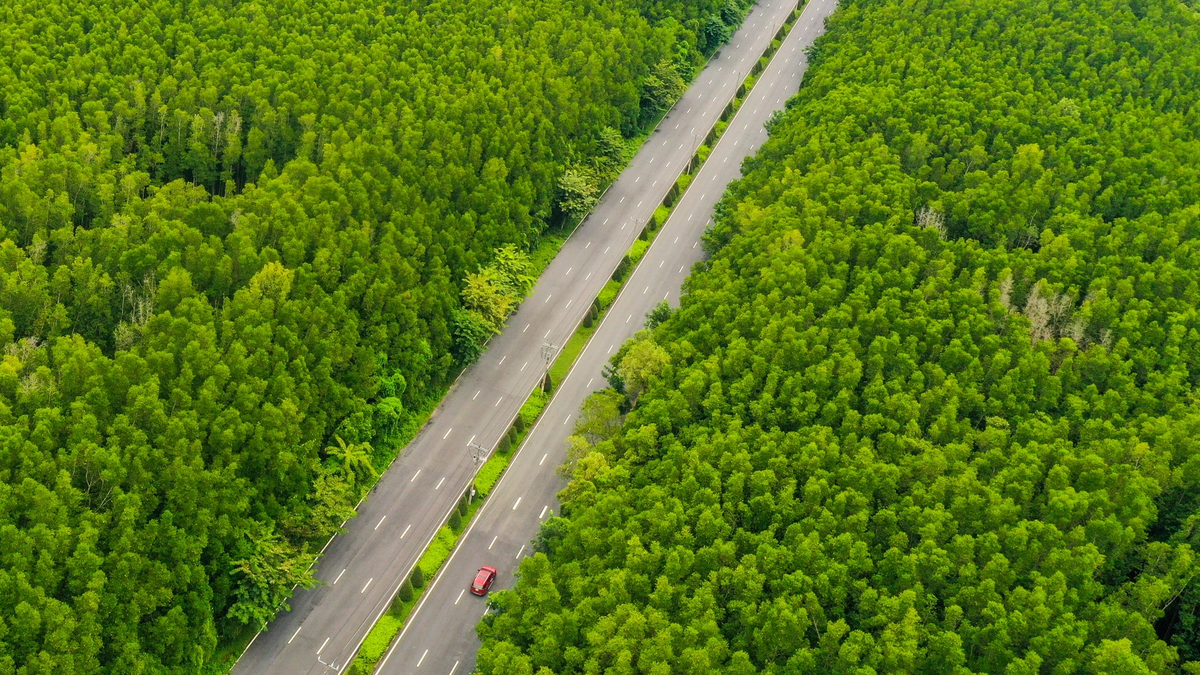


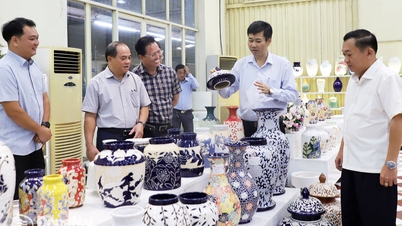










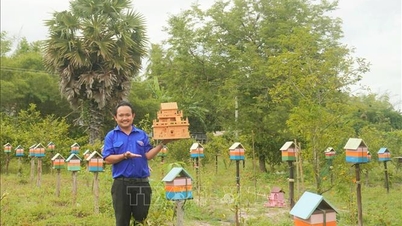

























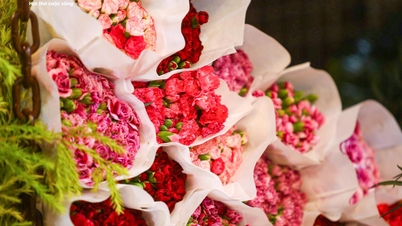
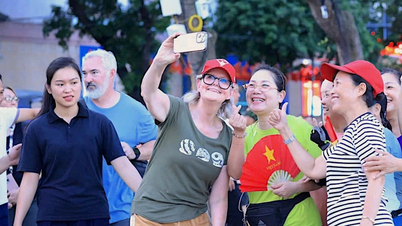

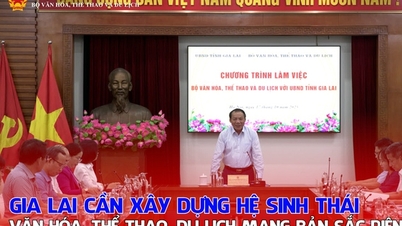

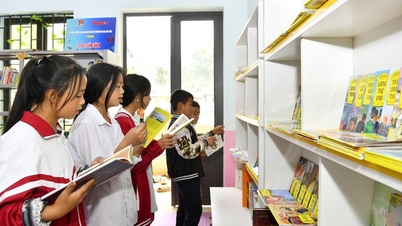




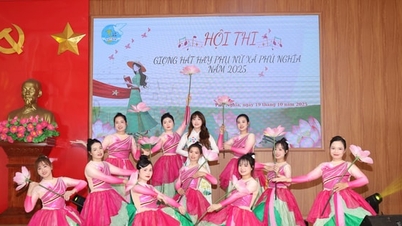
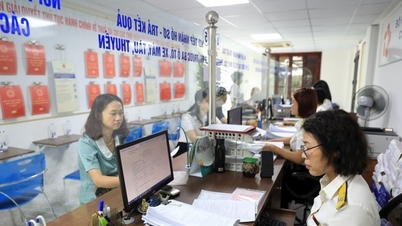

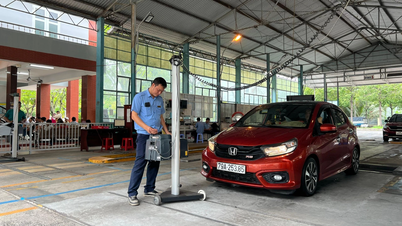

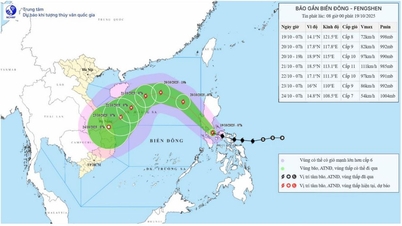
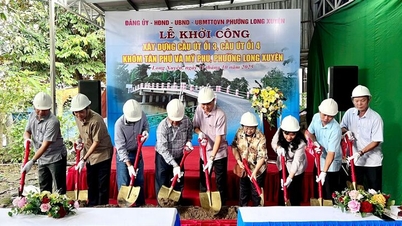













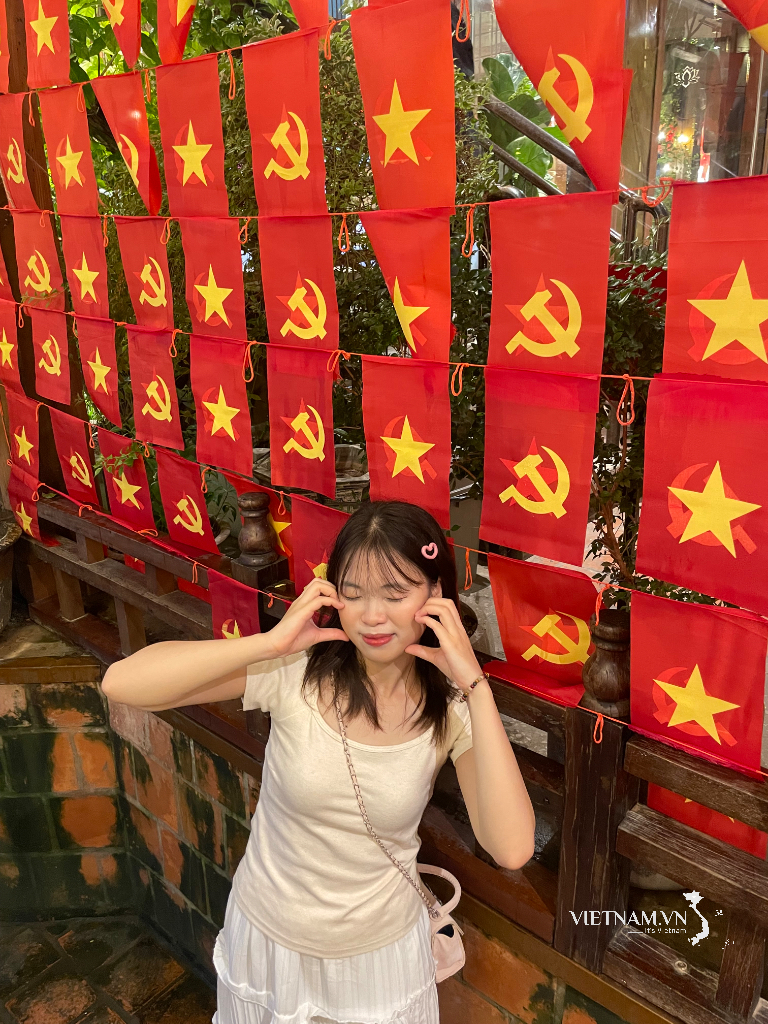

Comment (0)